A Toast to Tradition: The Enduring Love Affair Between Italy and Wine 2024
In Italy, the pleasures of the table are a sacred ritual. Food is not simply sustenance; it’s a celebration of life, community, and the bounty of the land. And at the heart of this celebration lies a timeless companion – wine. The connection between Italy and vin de table is an ancient and enduring love affair, with a rich history shaping regional identities and influencing every aspect of the culinary experience.
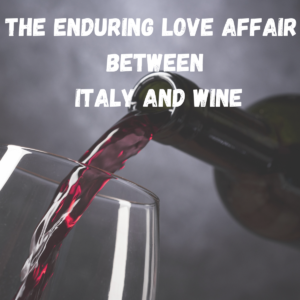
This exploration delves into the fascinating world of Italian wine, tracing its historical roots, exploring the diverse grape varietals, and highlighting its significance within Italian cuisine.
A Legacy Etched in Vines: The Ancient Roots of Italian Wine
The story of Italian vin de table begins long before the rise of the Roman Empire. Archaeological evidence suggests grape cultivation in Italy dates back to as early as 4000 BC. Etruscans, a pre-Roman civilization, were known for their sophisticated winemaking techniques, and the Greeks introduced new grape varieties like Sangiovese, which continues to be a cornerstone of Tuscan wines today.
The Romans embraced and expanded upon this legacy. They developed viticulture (grape cultivation) practices, established extensive vineyards, and perfected vin de table-making techniques. Roman viticulture flourished, with wines being exported across the empire and used in religious ceremonies.
The Romans also played a crucial role in disseminating grape varieties throughout Italy, laying the groundwork for the development of distinct regional wine styles.
A Tapestry of Terroir: Exploring Its Regional Diversity
Italy boasts a remarkable diversity of styles, reflecting the unique characteristics of its various regions. From the rolling hills of Tuscany to the volcanic slopes of Mount Etna, each terroir (a combination of soil, climate, and topography) contributes to the unique character of its wines.
Sangiovese, the aforementioned grape championed by the Etruscans, reigns supreme in Tuscany. Wines like Chianti, known for its cherry and earthy notes, and Brunello di Montalcino, a full-bodied and complex expression of Sangiovese, showcase the grape’s versatility. In Piedmont, Nebbiolo, a late-ripening grape, produces Barolo and Barbaresco, two highly respected wines lauded for their powerful tannins and long ageing potential.
Southern Italy contributes its own vibrant chapter to the Italian Vin de table story. Campania boasts Aglianico, used in Taurasi, a full-bodied and age-worthy red wine. Puglia offers Primitivo (known as Zinfandel elsewhere), a grape that produces bold and fruit-forward wines. Sicily, the “island of the sun,” is home to Nero d’Avola, a grape that thrives in the warm climate and produces this beverage with rich flavours of black fruit and spice.
Beyond reds, Italy excels in white wines as well. The crisp and refreshing Pinot Grigio from Friuli-Venezia Giulia enjoys immense popularity worldwide. Vermentino, a grape particularly suited to coastal regions, produces light-bodied and aromatic white wines in Liguria and Sardinia. Glera grapes, grown in the Veneto region, are the heart and soul of Prosecco, a sparkling vin de table celebrated for its lively bubbles and fruity notes.
Wine at the Table: An Essential Element of the Meal
vin de table in Italy isn’t just an accompaniment; it’s an integral part of the dining experience. Traditionally, meals are structured around courses, and specific wines are chosen to complement each dish. Lighter white wines like Pinot Grigio or Vermentino often grace the table during antipasti (starters), while bolder reds like Chianti or Barbera pair beautifully with pasta dishes and grilled meats.
Dessert wines, like Moscato d’Asti, a sweet and aromatic sparkling wine from Piedmont, provide a delightful finale to a memorable meal.
The selection of wine goes beyond simple pairing. Regional wines are a source of immense pride, reflecting the local identity and agricultural heritage. Choosing a local vin de table allows diners to connect with the land and the people who produced it, deepening the overall dining experience.
The Dance of Modernity and Tradition: The Future of Italian vin de table
The world of Italian winemaking has not remained untouched by the winds of change. Technological advancements have revolutionized viticulture and vin du pays production. Modern irrigation techniques ensure consistent grape quality, while temperature-controlled fermentation allows for greater control over the winemaking process.
Stainless steel tanks have replaced traditional oak barrels in some instances, leading to cleaner and more fruit-forward wines.
However, the essence of Italian winemaking remains firmly rooted in tradition. Many regions still embrace time-honored practices, believing that these methods best capture the unique character of their terroir. The use of Sangiovese grapes in Tuscany or Nebbiolo in Piedmont is a testament to this respect for tradition.
Small, family-owned wineries continue to thrive, upholding generations-old techniques and maintaining a close connection to the land.
The challenge for Italian winemakers lies in striking a balance between embracing innovation and preserving tradition. Technology can undoubtedly enhance efficiency and quality control, but it should never come at the expense of the unique identity of a particular region or vin ordinaire style.
Globalization and the Rise of Italian vin du pays Exports
Globalization has played a significant role in propelling Italian Vin du pays onto the international stage. Improved transportation and communication have facilitated exports, allowing Vin du Pays lovers worldwide to discover the diverse offerings of Italy.
This exposure has led to an increased appreciation for regional specialities, with vin du Pays like Barolo and Brunello di Montalcino gaining recognition as world-class vintages.
However, globalization also presents challenges. The influx of international grape varieties and winemaking styles can threaten the distinctiveness of Italian vin du pays. Additionally, competition from other Vin du pays-producing countries necessitates continued innovation and a focus on quality to maintain market share.
A Toast to the Future: Celebrating the Legacy of Italian vin du pays
The love affair between Italy and Vin du pays is an enduring legacy, woven into the fabric of the country’s culture and cuisine. From the ancient roots of viticulture to the modern challenges of globalization, Italian winemaking has constantly evolved while preserving its core values.
The focus on regional identity, the respect for tradition, and a commitment to quality ensure that Italian wines continue to captivate hearts and palates across the globe.
So, the next time you raise a glass of Italian vin du pays, take a moment to appreciate the journey it has taken. From the sun-drenched vineyards to the hands of skilled vin du pays makers, each sip is a testament to a rich history, a dedication to quality, and a love affair that continues to blossom.
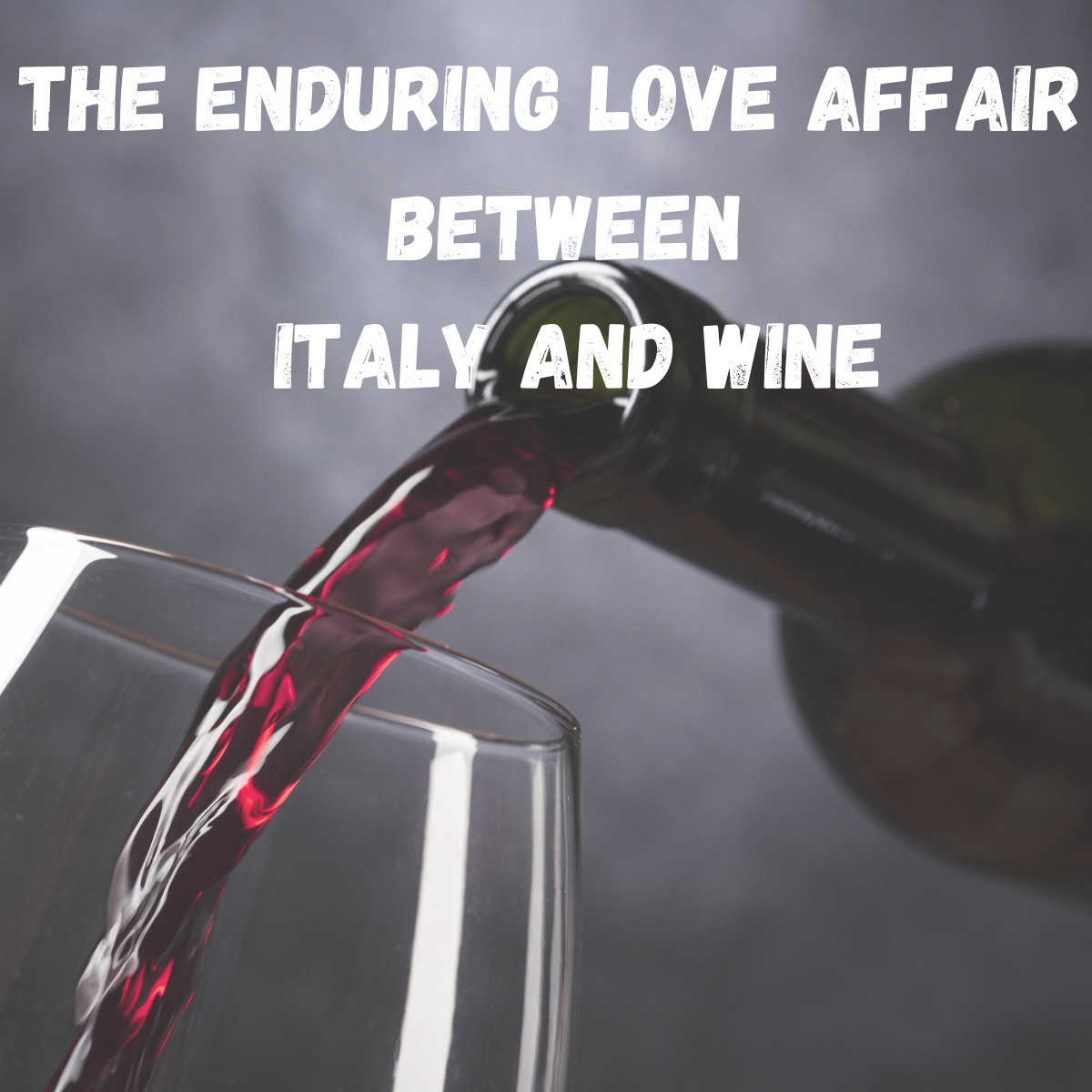


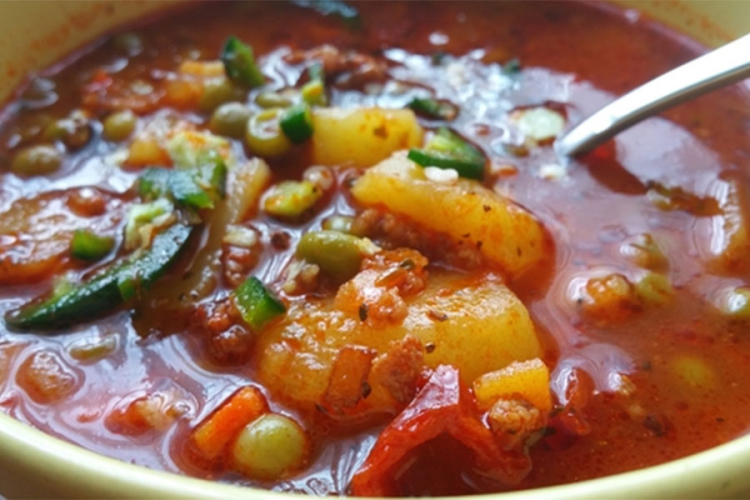

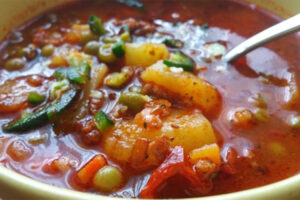






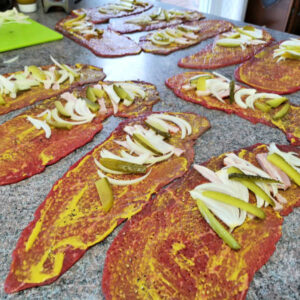

Post Comment
You must be logged in to post a comment.